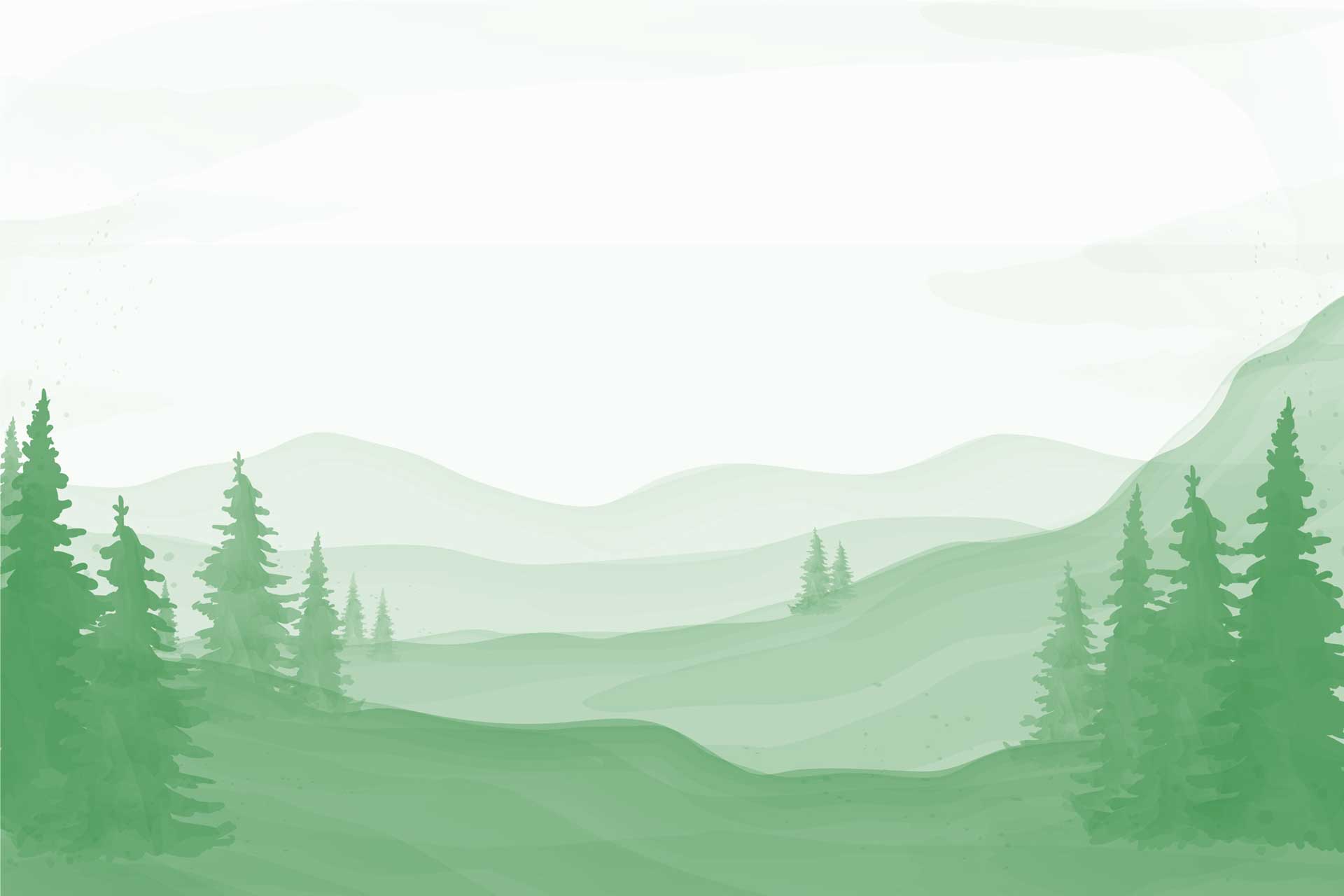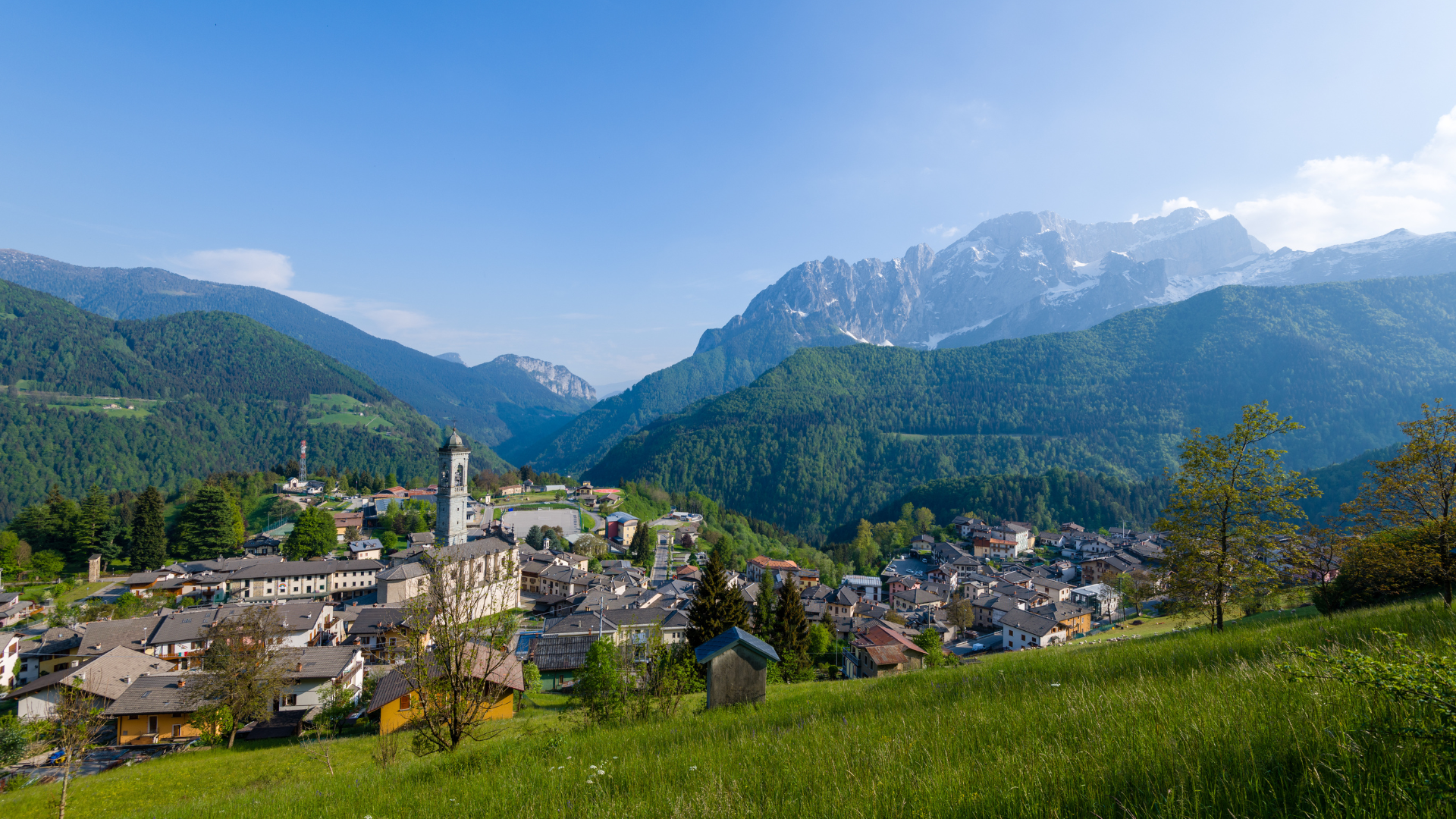
Azzone
Piccolo borgo ai piedi del Pizzo Camino e porta di accesso alla Riserva Naturale del Giovetto
Borgo eretto alle porte della Val di Scalve, il panorama di Azzone è caratterizzato dal verde lussureggiante dei suoi prati e boschi. L’ambiente invita a passeggiate adatte ad ogni escursionista: dalle famiglie con bambini, agli esperti che ricercano sfide più impegnative.
Azzone è anche un’oasi di biodiversità. Infatti, nella Riserva Naturale dei Boschi del Giovetto si possono ammirare le operose formiche appartenenti alla specie Rufa, che hanno la capacità di proteggere l’intero ambiente boschivo dall’attacco di insetti nocivi.
Delimitato a nord-est dal Pizzo Camino e dalle alture denominate le Pale, il centro abitato di Azzone rispecchia la struttura tipica dei paesi montani. Al centro il cuore del paese, la piazza, su cui si affaccia il palazzo comunale. Fra i tetti delle case, spiccano la il campanile della chiesa parrocchiale e la Torre Civica. La chiesa, dedicata a San Filippo e San Giacomo, fra i suoi tesori artistici custodisce anche opere di Antonio Cifrondi. La Torre, di origine medievale (XIV secolo), è raffigurata anche nello stemma del comune.
Nell’anno 2000, fra varie iniziative legate alla celebrazione del patrimonio storico, culturale e naturalistico legato ai Boschi del Giovetto, una in particolare riguardò l’antica tecnica del “puat” (anche “puiat” o “poiat” in altre zone della Val di Scalve), ricreata e raccontata dai carbonai di Azzone.
Seguendo tecniche sviluppate e tramandate nei secoli, la legna, accuratamente scelta e disposta, venne fatta bruciare “senza fiamma” per giorni allo scopo di ottenere del carbone vegetale.
Nel video sottostante, prodotto dal Comune di Azzone, è documentata l’accensione del puiat dei Castelletti .
Boscaioli e carbonai ad Azzone – Davide Bassanesi
Azzone
Small village at the foot of Pizzo Camino and gateway to the Giovetto Nature Reserve.
Nestled at the entrance of Val di Scalve, Azzone is surrounded by the lush greenery of its meadows and woods. The landscape invites hikers of all levels, from families with children to experienced trekkers looking for more challenging routes.
Azzone is also an oasis of biodiversity. In fact, in the Giovetto Forest Nature Reserve, visitors can observe the industrious Rufa ants, which have the ability to protect the entire forest ecosystem from harmful insect invasions.
Bordered to the northeast by Pizzo Camino and the “Pale” mountains , Azzone reflects the traditional structure of mountain villages. In the senter of the village there is the main square, home to the municipal building. Among the roofs of the houses, the bell tower of the parish church and the Civic Tower stand out. The church, dedicated to Saint Philip and Saint James, houses artworks, including artistic treasures by Antonio Cifrondi. The medieval Civic Tower, dating back to the 14th century, is also depicted on the town’s coat of arms.
In the year 2000, as part of various initiatives celebrating the historical, cultural, and natural heritage of the Giovetto Forests, one particular event focused on the ancient charcoal-making technique known as “puat” (also called “puiat” or “poiat” in other parts of Val di Scalve). The charcoal burners of Azzone reconstructed and demonstrated this traditional method.
Following techniques developed and passed down through centuries, carefully selected and stacked wood was burned “without flames” for days to produce charcoal.
foto di Giovanni Marchesi















